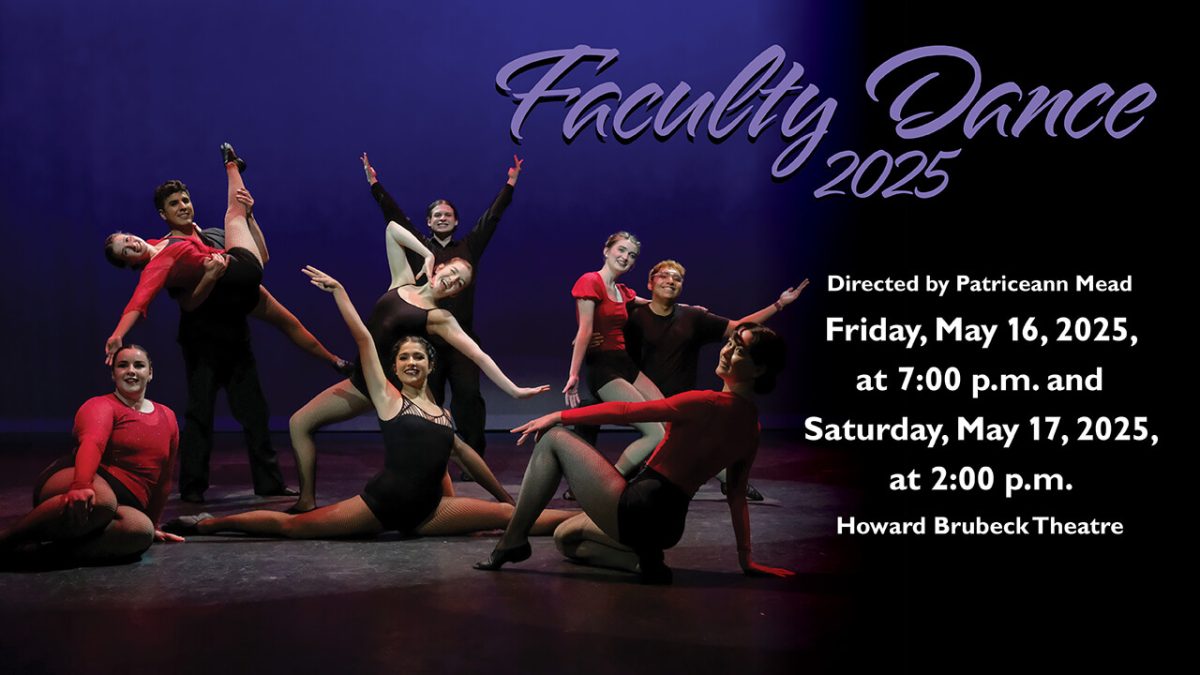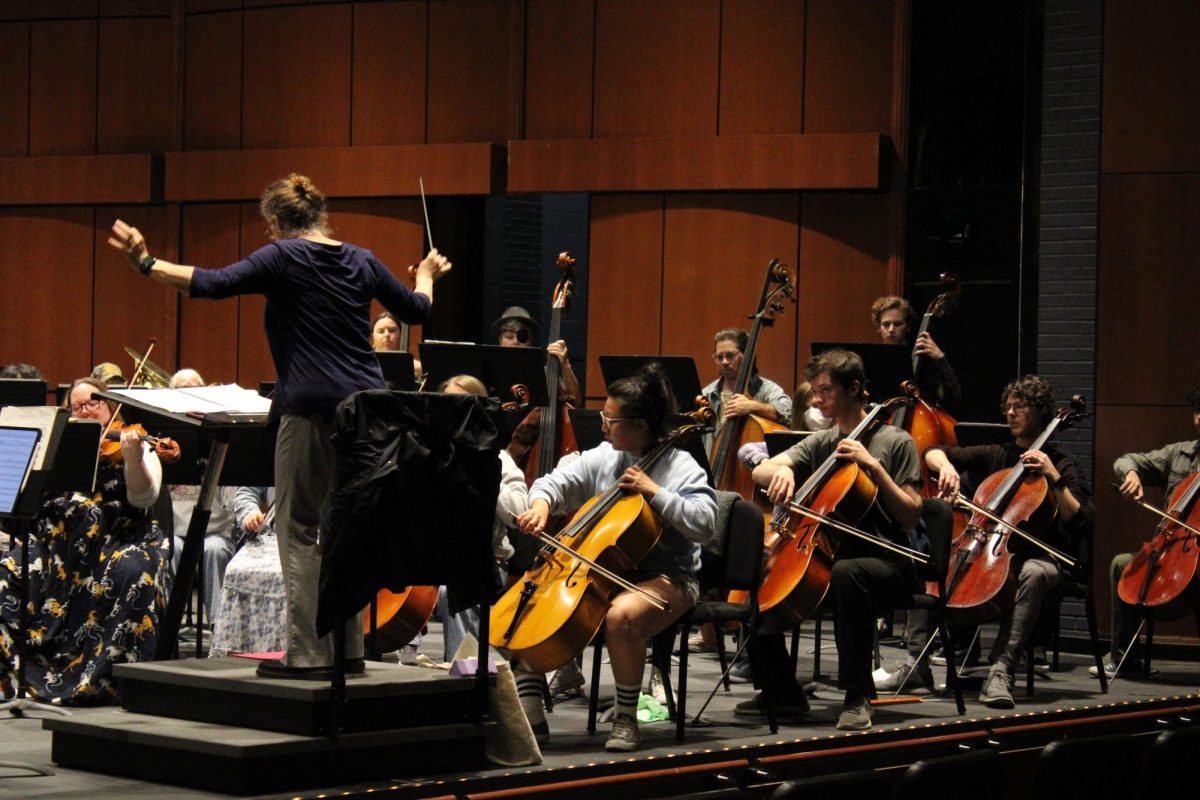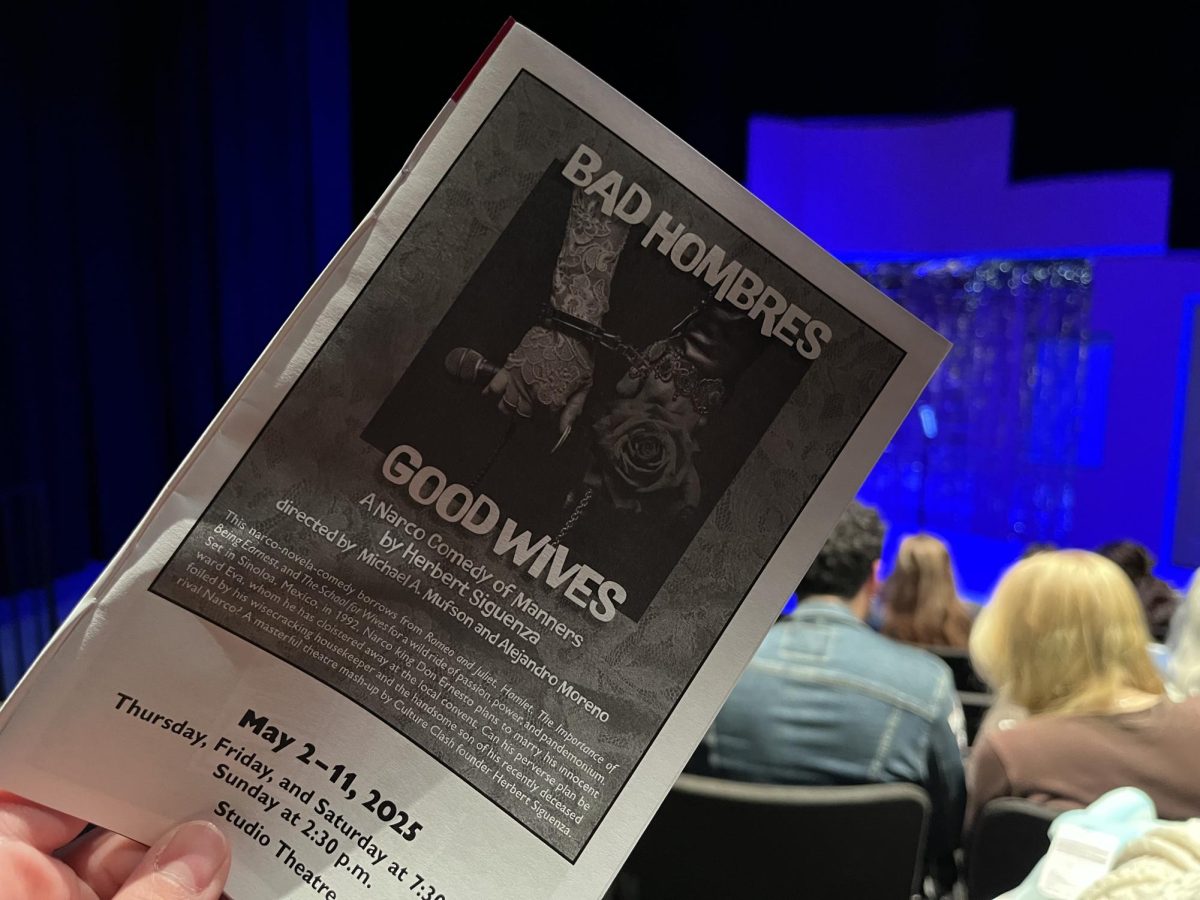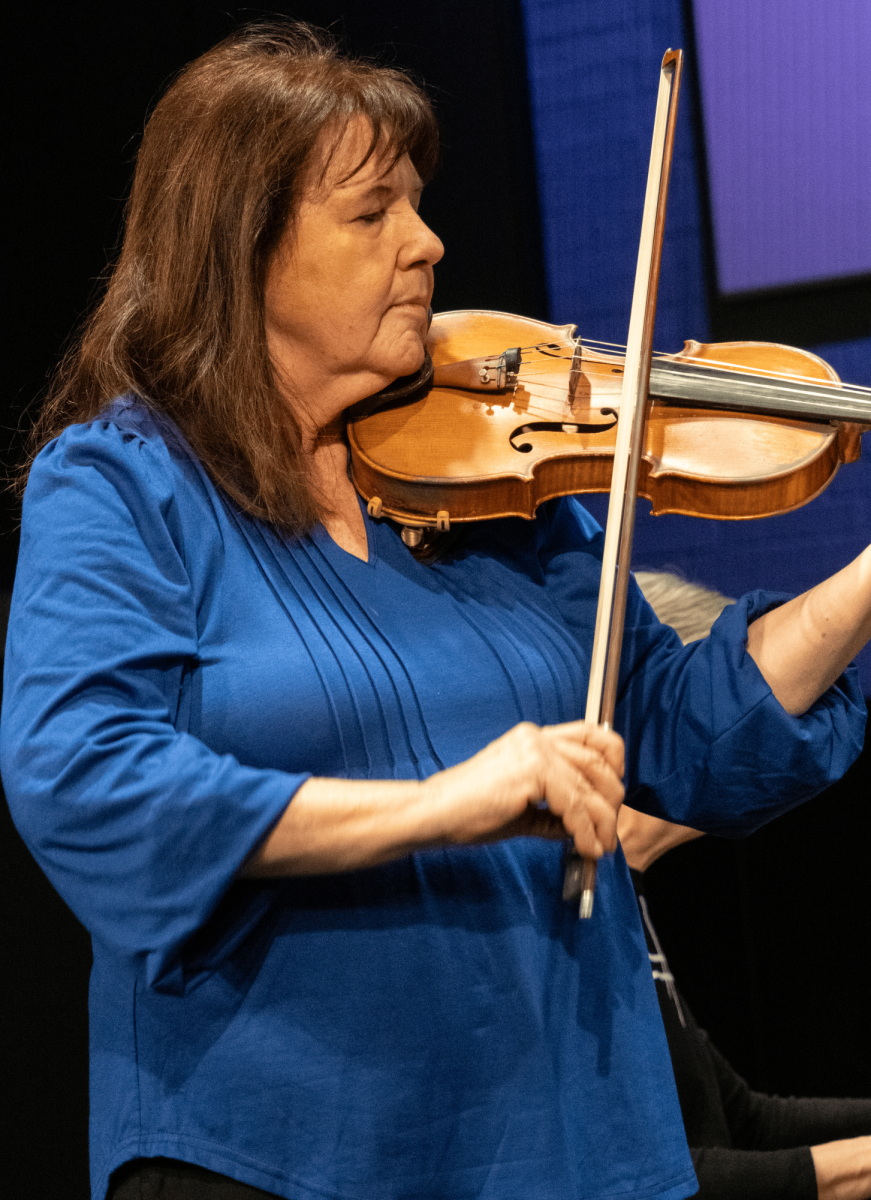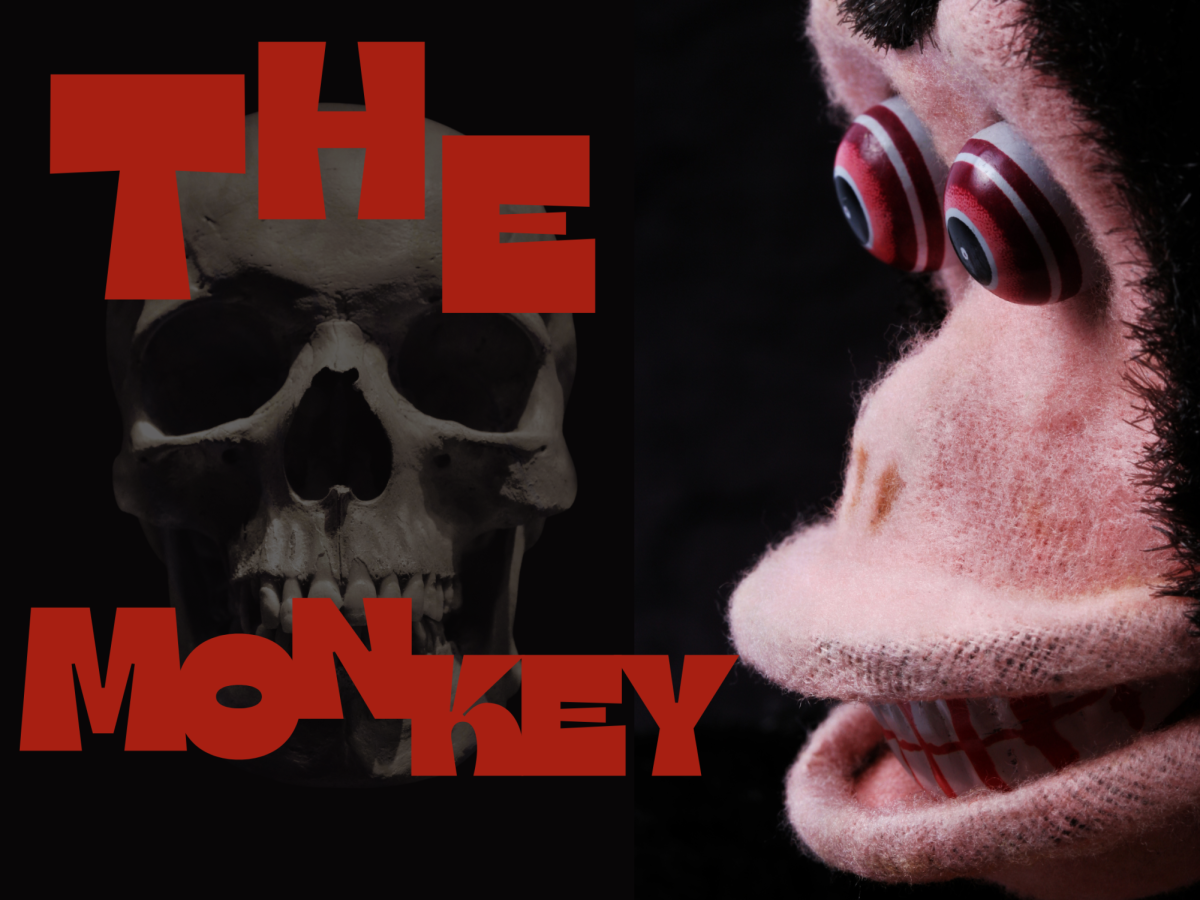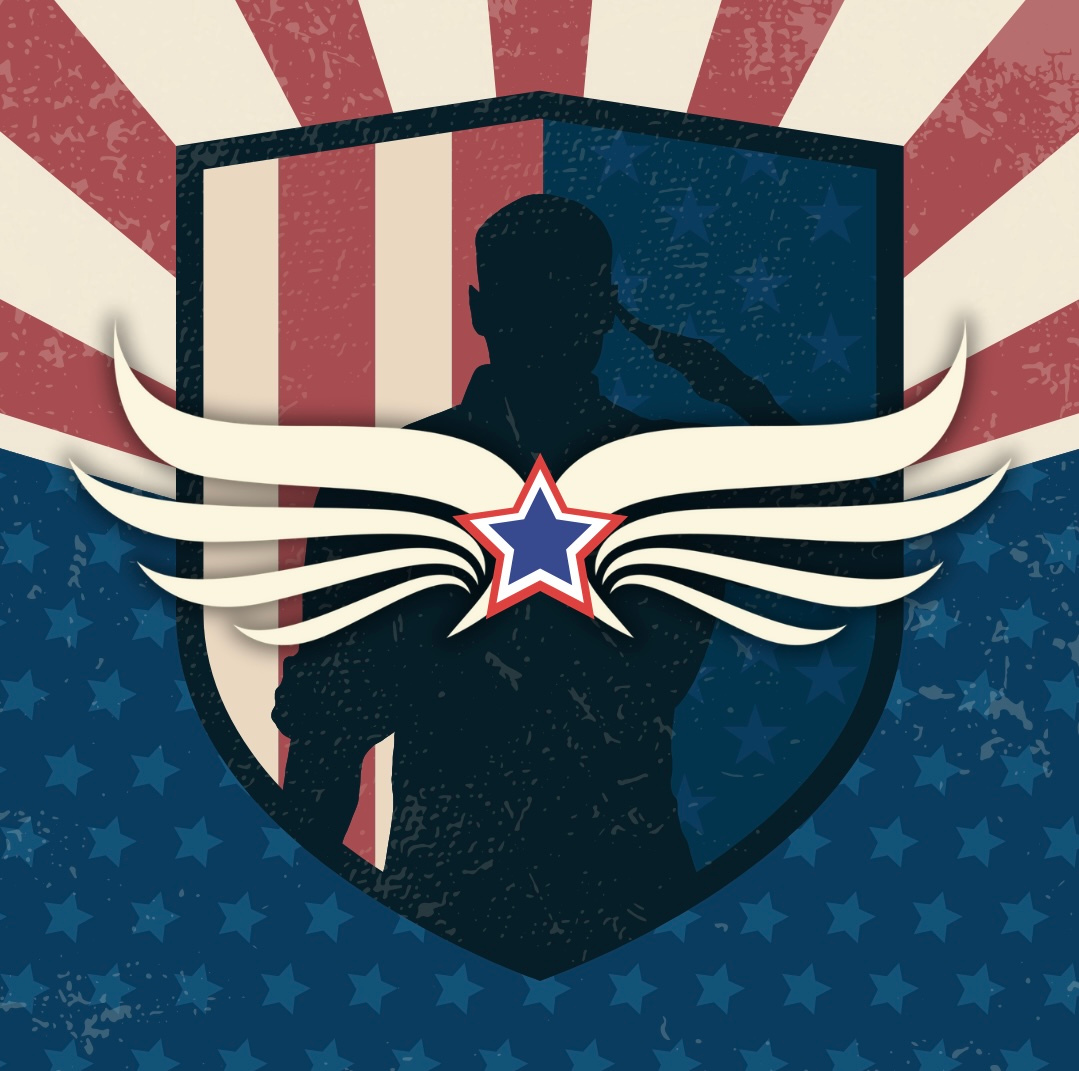Desire and eroticism mastermind, Luca Guadagnino teases audiences through the highs and lows of a provocative love triangle with his new film “Challengers.” The tennis-centered romance makes audiences want to pick up a racket and take a shot at the game, and it’s not exclusive to tennis.
Guadagnino’s previous films like “Call Me by Your Name” and “Bones and All” showcase his directorial master of the passionate and desperate manifestations of human desire.
“Challengers”, released in theaters on April 26, starts and ends with the Challenger tennis final in New Rochelle, New York. The finalists are Art Donaldson, played by Mike Faist, and Patrick Sweig, played by Josh O’Connor.
Although cinematography and sound design aren’t shy of depicting the suggestive grunts, and close-ups of both engaged athletes, the focus on Tashi Duncan, played by Zendaya, reclaims dominance over the match.
Despite a career-ending injury as a Stanford tennis prodigy, it is quickly noted that Tashi holds all odds over what happens on and off the court.
The film continuously shifts from present to past memories. The pacing and cuts are incredibly well-formatted to deliver just enough about the character’s steamy past, but little of their future, just as any good tennis match would.
Director Luca Guadagnino pays homage to his previous films using immersive scenes, nearly forcing his audience to fall in love with his characters just as they do with each other.
Guadagnino reinforces the idea that Tashi is a woman who understands tennis, more so, her control over the court. Against all odds, she prioritizes the game–and that is not limited to tennis. Tashi’s athletic manipulation is shown in her tactic; standing center court as her opponent struggles, running back and forth with Tashi’s skilled, controlled returns.
In the same way, when Tashi and the boys sit on a bed, 13 years prior to the present day, her easy-to-miss acting choices, eye lingers, and subtle remarks tease the possibility of a threesome, only to move away and claim “I’m not a homewrecker.” Tashi’s complex character, not shy of suggestive jabs, but never giving anything away, just like in tennis, unearths the presence of a homoerotic relationship that dances suggestively in several scenes centering the boys.
Mike Faist’s portrayal of Art reflects the restraint and patience that takes the wins. Patrick’s character, however plays into the unpredictability of skill and charisma; given their nickname as doubles partners 13 years prior to present time– ‘fire and ice’. Flexing muscles, deep breaths, and sweat drops feel nearly tangible as Art and Patrick coyly inch closer to dominating not only the court, but each other.
With an original, electronic score resembling house music and exciting tracks like Blood Orange’s jazzy “Uncle ACE”, viewers sense fun and anticipation in every scene. More so, how the relationship between Art, Patrick, and Tashi isn’t one centered simply on their control of the ball, but the control of their deepest desires.
Cinematography also utilizes purposeful point-of-view shots. As the three main characters’ relationship thickens, so does the audience’s perception of the tennis court in the final match. As we are taken between past and present to the challenger tournament, the scenes become exponentially immersive. Audiences go from the role of spectator, to the view of each player, Tashi, the court, and even the ball itself.
Guadagnino does not fall short of reminding us that even the audience cannot escape the heavy weight of the love triangle, or the stakes of the game.
Extreme close-ups, electrifying music that comes on and off almost unexpectedly, and slow-motion shots in the midst of a fiery match remind viewers that we, just as much as the characters, cannot expect to win the game before it starts. Viewers are edged to near-desperate anticipation of what will come next and, more so, who will win.
The ball is in everyone’s court. Guadagnino shows audiences that tennis provides a good game, but not as good as the relationships that drive it.
Although the constant cuts between past and present may seem wearisome, they also play an essential role in the desperation and anticipation found both in the characters’ lives and in tennis. Each scene is a match in itself, making heads turn from side to side, anxious you’d miss any second of it.




